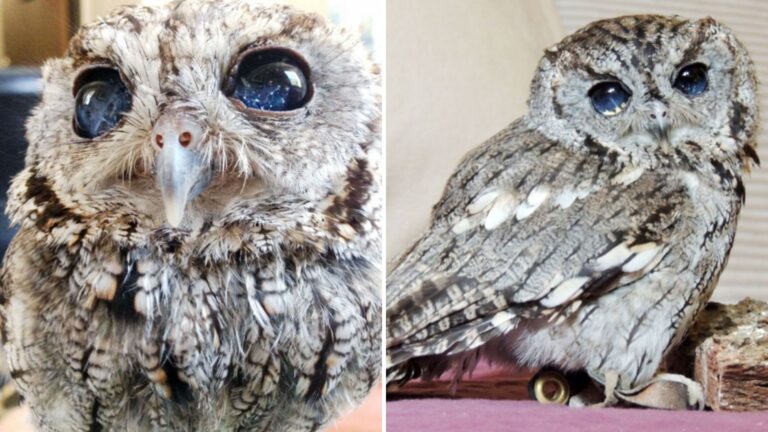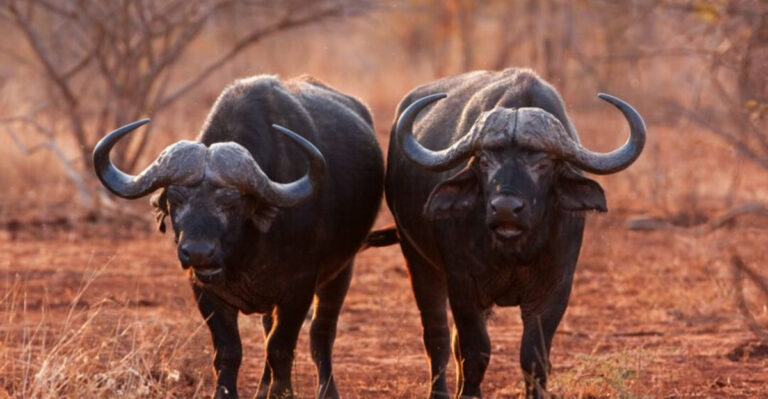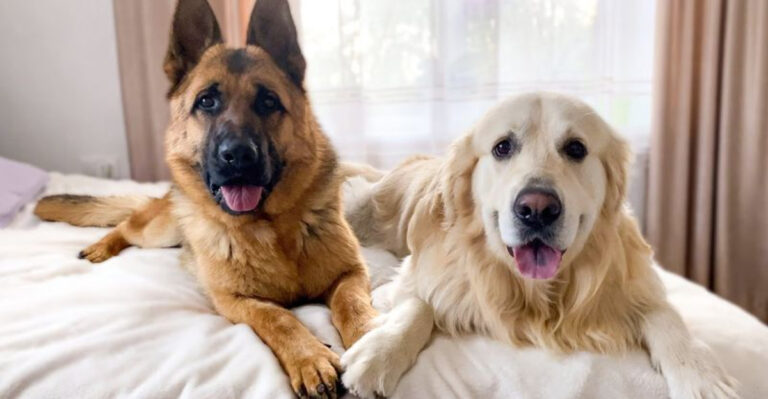13 Heartfelt Ways Pets Say Goodbye Before Their Life Ends

Our furry companions speak volumes without words, especially when they sense their time is near. Many pet owners notice subtle changes in behavior that, in hindsight, were final goodbyes.
Understanding these signals can provide comfort and closure during a difficult time. Here’s how our beloved pets might be saying farewell in their own special way.
1. Seeking Unusual Solitude

Animals naturally withdraw when they feel vulnerable. Your normally social cat or dog might suddenly prefer quiet corners or spaces under furniture when they sense the end approaching.
This behavior mimics what happens in the wild, where animals instinctively separate from their pack or group. Your pet isn’t rejecting you – they’re following a deep instinct to process their transition peacefully.
Many owners report finding their pets in closets, under beds, or in rarely visited parts of the house during their final days.
2. Extra Affection And Bonding
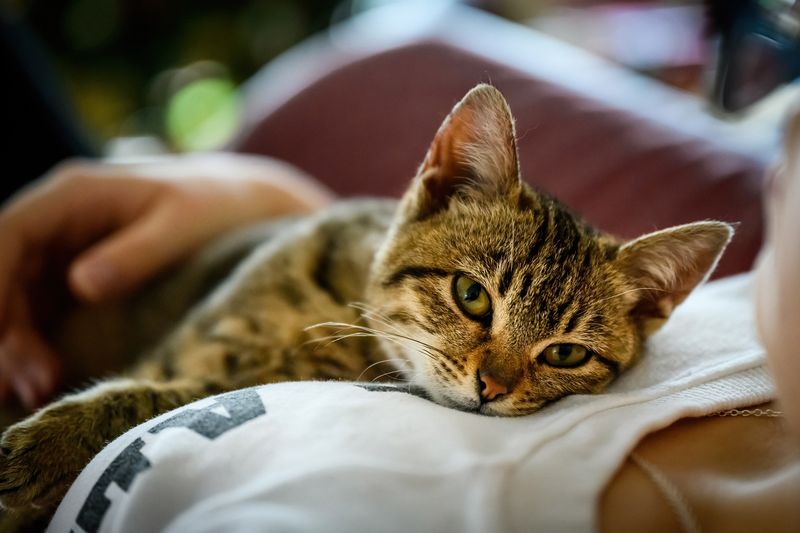
Some pets take the opposite approach to withdrawal – they become extraordinarily affectionate. Your typically independent cat might suddenly want constant lap time, or your dog might press against you more frequently than usual.
These moments of connection can be their way of strengthening your bond one last time. They’re storing up memories of your touch, scent, and presence.
This increased affection often comes in waves, with periods of normal behavior in between, making these special moments all the more precious.
3. Meaningful Eye Contact
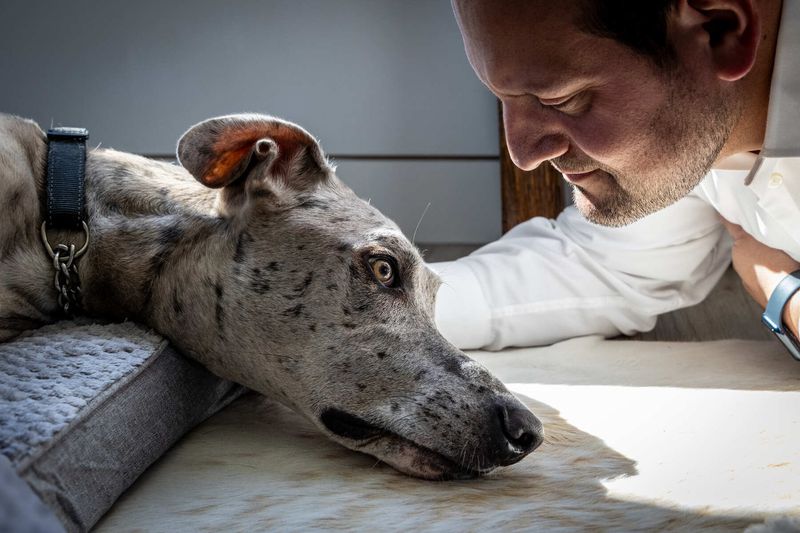
The eyes truly are windows to the soul – especially for animals approaching life’s end. Many pet owners describe profound eye contact experiences with their pets during final days.
Your pet may hold your gaze longer than usual, with a calm, knowing look that feels like silent communication. This deep eye connection often creates what owners describe as a moment of mutual understanding and acceptance.
These gazes typically happen during quiet moments together and may be accompanied by gentle physical contact, creating memories that comfort grieving owners for years.
4. Refusing Food But Accepting Comfort
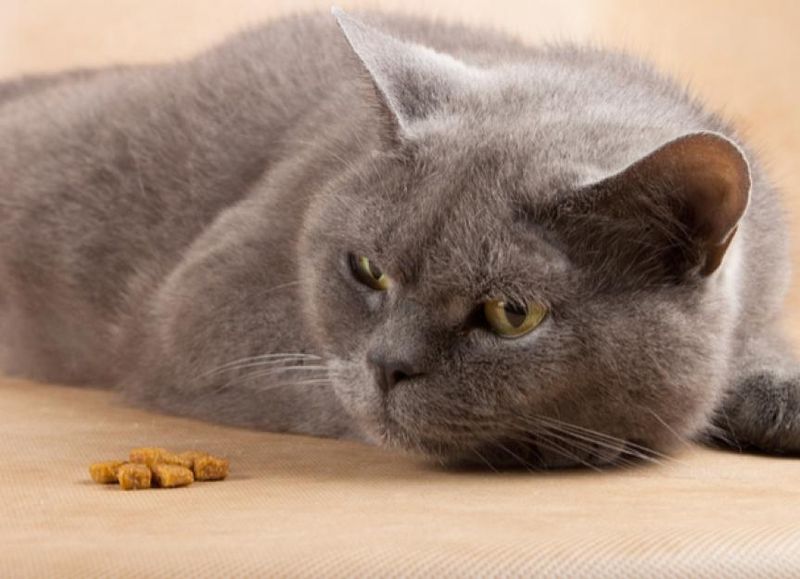
Loss of appetite is common as animals near their end, but there’s often a meaningful pattern to what they’ll still accept. Your pet might turn away from favorite treats while still welcoming gentle touch or soft words.
This shift shows they’re moving away from physical needs toward emotional comfort. Many pets will still lift their heads for water offered by hand or take a tiny morsel directly from your fingers even when they won’t eat from their bowl.
This selective response helps create final bonding moments that focus on connection rather than sustenance.
5. Unusual Visits To Special Places

Pets often make deliberate journeys to locations that hold significance in their lives. Your dog might suddenly want to visit the park where you first played together, or your cat might spend time in a sunny window spot they haven’t used in years.
These visits seem like a form of life review – revisiting places that brought joy or comfort. Many owners report their pets insisted on unusual outings or locations in their final days.
These special journeys can be physically taxing for weakened animals, showing how important these final pilgrimages are to them.
6. Gifting Favorite Toys
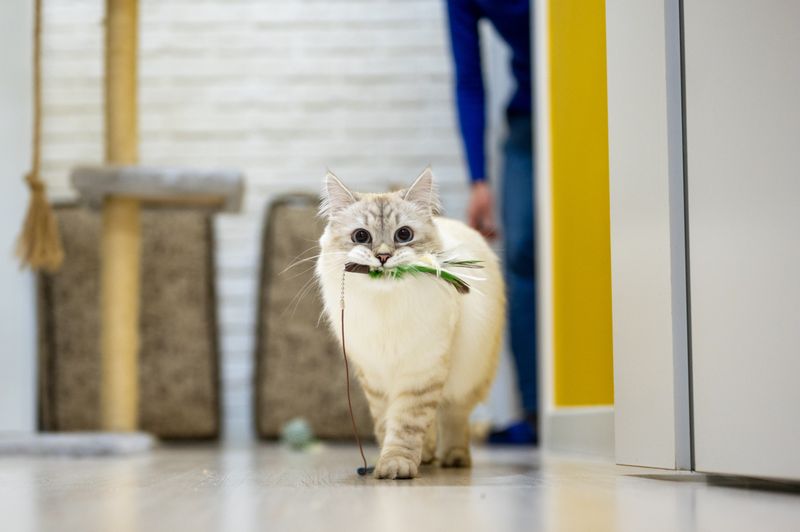
One of the most heartbreaking goodbye gestures is when pets bring their treasured possessions to their humans. Your dog might place their favorite ball in your lap, or your cat might deliver a cherished toy mouse to your pillow.
Veterinary behaviorists suggest this could be their way of leaving you something to remember them by. It’s similar to how they might share prized possessions with their animal friends.
These offerings often happen when the pet and owner are alone together, creating an intimate moment of connection that feels intentionally personal.
7. Peaceful Acceptance After Restlessness

Many pets experience a period of restlessness or anxiety followed by a remarkable calm. Your pet might pace, reposition frequently, or seem unable to get comfortable for days or hours – then suddenly appear peaceful and content.
This transition often signals they’ve made their internal peace with what’s happening. The shift can be dramatic, with pets who seemed distressed suddenly appearing serene and ready.
Owners frequently describe this change as a visible weight being lifted from their pet, bringing a bittersweet comfort that their companion has found acceptance.
8. Waiting For Someone’s Return

Pets often hold on until specific family members can say goodbye. Your pet might maintain their strength until a child returns from college or a traveling spouse makes it home.
This waiting phenomenon is well-documented by veterinarians and pet hospice workers. It suggests pets understand the importance of closure for their entire human family.
Once the awaited reunion happens, pets frequently decline rapidly, as if they were keeping themselves going through sheer determination. This final gift of goodbye can provide immense comfort to family members who might otherwise have missed the chance.
9. Trying To Comfort Their Humans
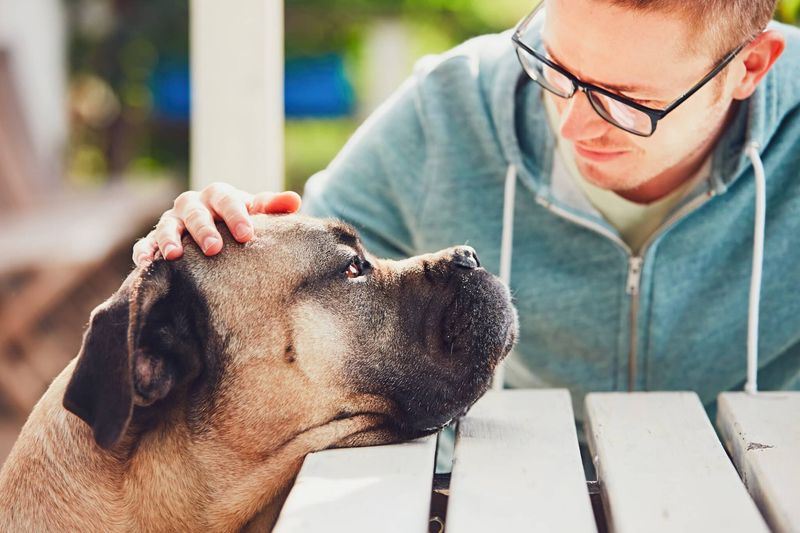
Even while suffering, many pets make remarkable efforts to console their grieving owners. Your dog might lick away your tears, or your cat might purr while resting in your arms despite their own discomfort.
This selfless behavior showcases the depth of the human-animal bond. Animals are incredibly attuned to our emotions and often prioritize our wellbeing over their own – even at life’s end.
Many veterinarians report seeing terminally ill animals rally briefly when their distressed owners enter the room, using precious energy for one last act of love.
10. Following Invisible Movements
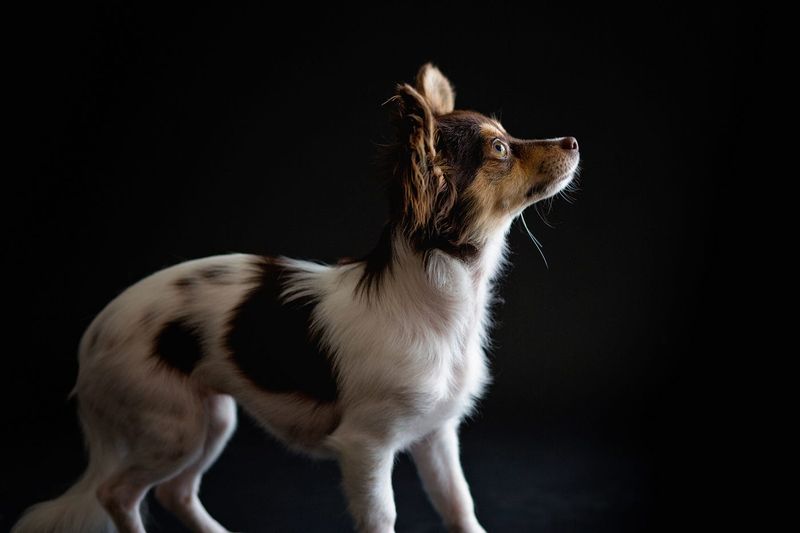
Many pets near death appear to track something moving that humans cannot see. Your pet might follow an invisible presence with their eyes or even lift their head to watch something crossing the room.
While science can’t explain this common phenomenon, many find comfort in the possibility that pets might perceive something beyond our understanding. These moments typically happen when pets are otherwise calm and alert, not during periods of confusion.
The focused attention and often peaceful response suggests these visions aren’t frightening to pets – they may even provide comfort during transition.
11. One Last Burst Of Energy

The phenomenon veterinarians call the “rally before the end” can be both heartwarming and heartbreaking. Your previously lethargic pet might suddenly want to play, eat, or engage with the family one final time.
This unexpected energy surge often gives false hope but can be viewed as a beautiful parting gift. It allows for one more positive memory – a glimpse of your pet’s true personality shining through their illness.
These rallies typically last hours rather than days and are followed by a peaceful decline, as if your pet gathered their remaining strength for one final connection.
12. Physical Positioning Changes
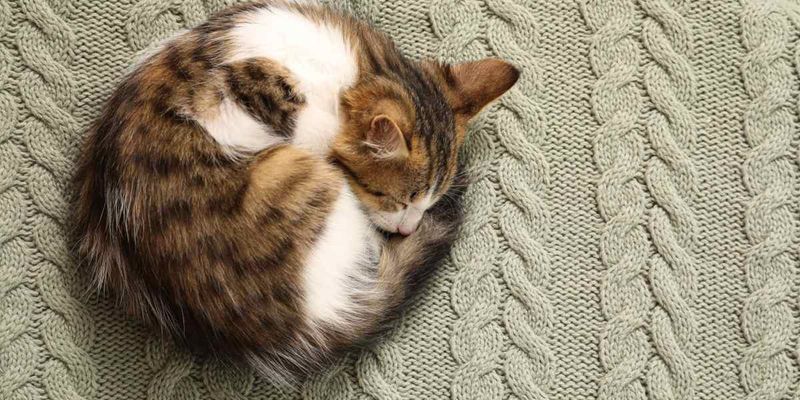
Pets often adopt specific body positions that signal their readiness for transition. Your dog might suddenly prefer lying with their head toward a particular direction, or your cat might curl in a tight ball after always stretching out.
These positional preferences can be remarkably consistent and deliberate. Some pets will repeatedly return to the same spot and position even when moved elsewhere.
Animal behaviorists suggest these choices might provide physical comfort but could also represent deeper instinctual knowledge about how they wish to experience their final moments.
13. Unusual Vocalizations Or Silence
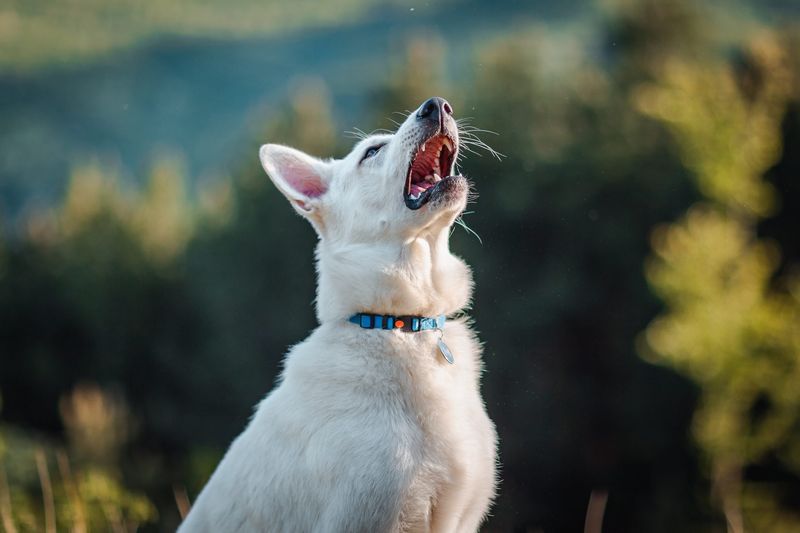
Changes in vocal patterns often mark a pet’s final days. Your typically quiet cat might meow in new, questioning tones, or your vocal dog might fall unusually silent.
These vocal changes seem to reflect their internal experience – sometimes appearing like questions or statements about what they’re feeling. Many owners report hearing unusual sounds that felt meaningful rather than distressed.
Conversely, a normally vocal pet becoming silent can signal inward focus as they process their transition. Either change represents an important shift in how they’re experiencing and expressing their journey.


